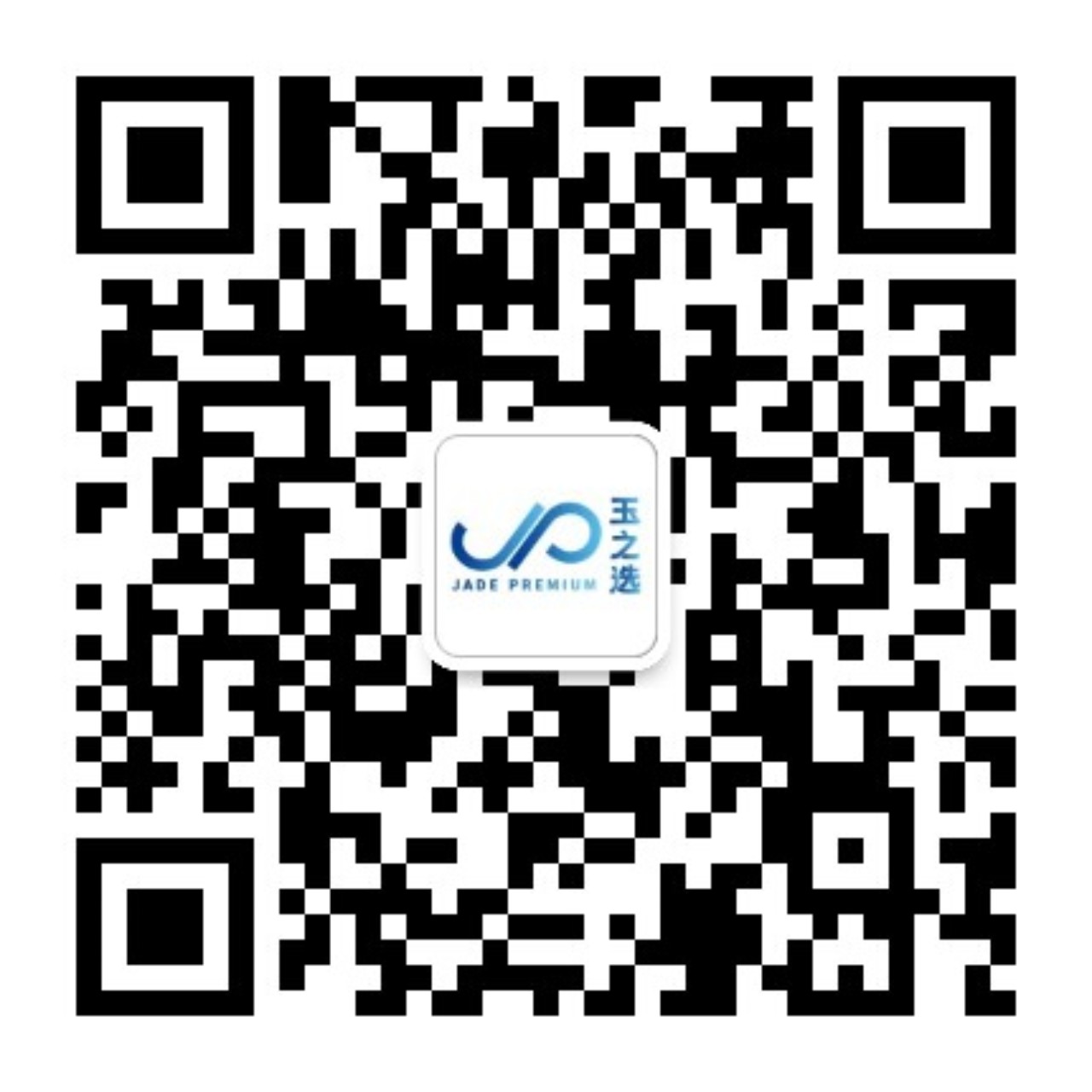Australia Customs Clearance Guide
2024-04-18Basic Clearance Procedures
Arrival at Port or Airport
Customs clearance begins once the goods arrive at an Australian seaport or airport via sea or air transport.Submission of Required Documents
Importers or their agents must submit the necessary documentation to the Australian Border Force (ABF), including but not limited to:Commercial Invoice
Packing List
Bill of Lading or Air Waybill
Transport Documents
Insurance Policy
Certificate of Origin
Sanitary and Quarantine Certificates (if applicable)
These documents are critical for inspection and approval, and must be complete and accurate.
Customs Inspection and Review
The Australian Customs will verify submitted documents and assess the goods based on nature, quantity, value, and tariff classification (HS Code). Compliance with Australia’s health, safety, and biosecurity regulations is also assessed.Duties, Taxes & Release
After successful inspection, applicable duties and taxes must be paid. Once payment is confirmed, customs will issue a release notification, allowing the goods to enter the domestic market.
Key Customs Documentation
Commercial Invoice
Essential for classification and valuation. Must detail product description, quantity, value, and parties involved. Accuracy is crucial to avoid delays or disputes.Packing List
Lists the contents of each package or container, including quantity, weight, and dimensions. Assists customs in verifying the shipment and streamlining inspection.Transport Documents
The Bill of Lading (sea) or Air Waybill (air) proves ownership and records shipment details, including origin, destination, mode of transport, and handling.Import Permits (If Applicable)
Certain goods such as food, pharmaceuticals, and restricted items require import permits issued by relevant Australian authorities. Importers must check regulations in advance and obtain permits prior to shipment.Certificate of Origin
Proves the country of origin of the goods. It may be required to qualify for preferential tariff treatment under Free Trade Agreements (FTAs) Australia has signed.Customs Valuation Documents
Used to determine dutiable value. May include contracts, invoices, payment records, or other supporting documents. Accurate valuation is essential for correct duty and tax assessment.
Important Considerations During Clearance
Document Accuracy
Errors or inconsistencies in key documents can lead to clearance delays or rejections. Always cross-check invoices, packing lists, and shipping documents to ensure they reflect the actual shipment.Import Restrictions
Australia enforces strict biosecurity and import controls. Certain animals, plants, foods, medicines, and other products may be prohibited or restricted. It’s crucial to check current import regulations with the Department of Agriculture, Fisheries and Forestry (DAFF) or Australian Border Force (ABF) before importing.Transport Planning
Plan shipping routes and timelines to account for customs clearance and potential delays. Proper scheduling helps ensure timely delivery and avoids demurrage or storage charges.Valuation and Tax Compliance
Customs valuation directly affects the duties payable. Providing complete and truthful valuation documents is mandatory. Compliance with Australian tax laws and timely payment helps avoid penalties and ensures smooth release.

